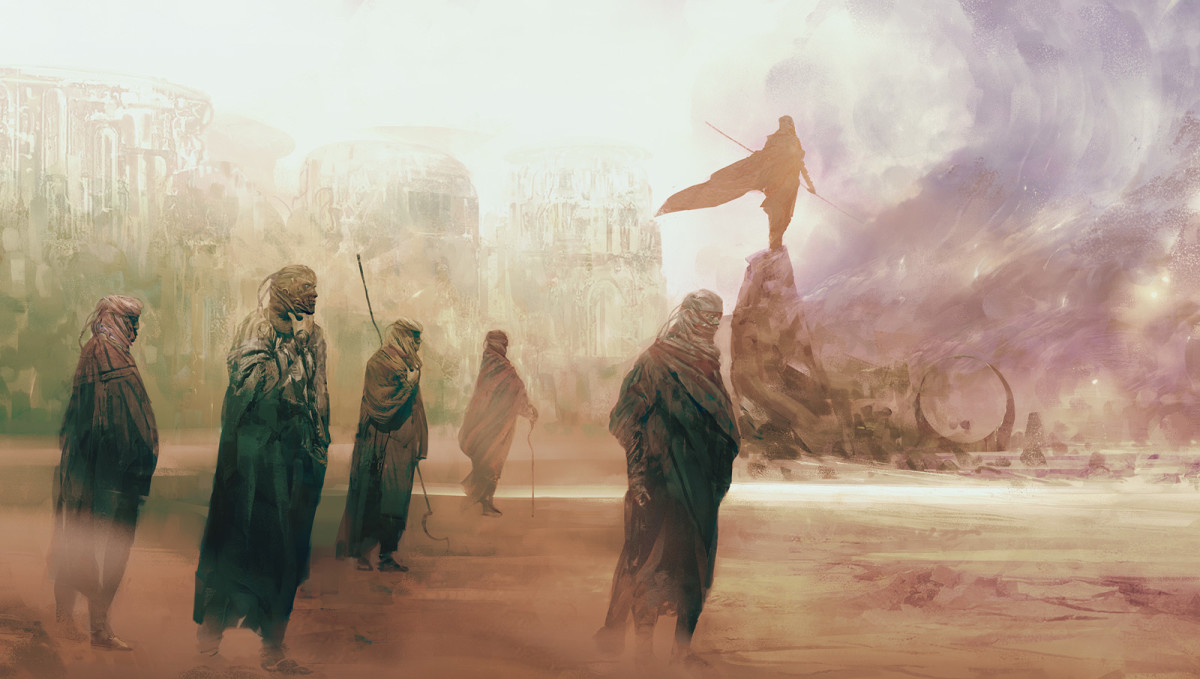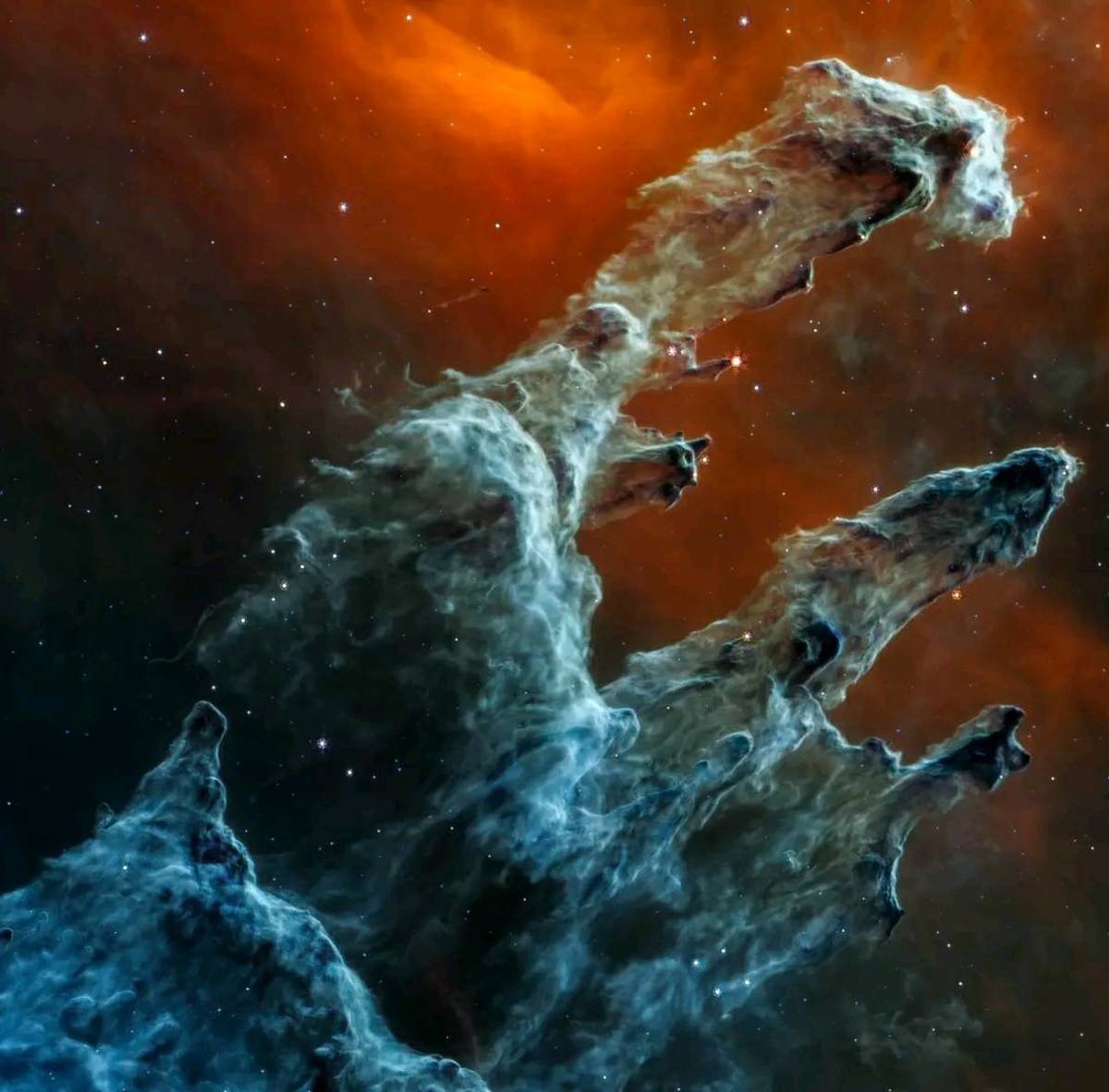- HubPages»
- Books, Literature, and Writing»
- Books & Novels»
- Fiction»
- Science Fiction & Fantasy Books
Star Trek: Provenance of Shadows: Review, Themes, Analysis and Thoughts on the Original Timeline
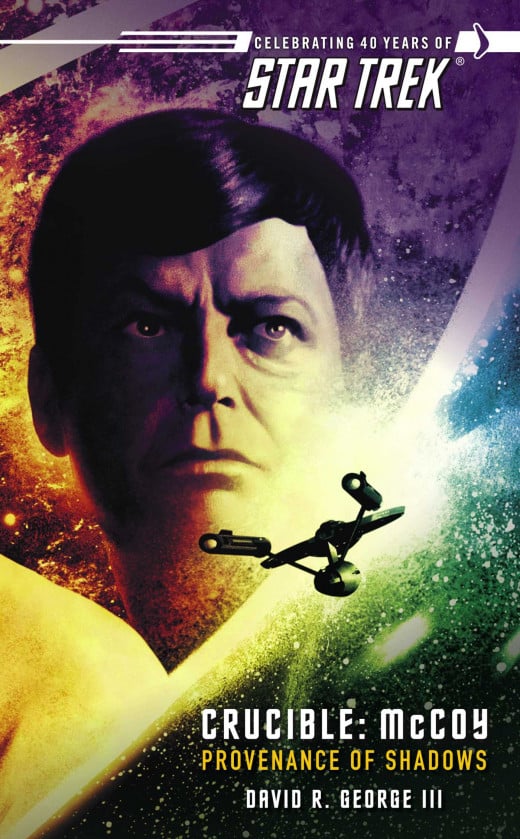
This articles continues the review of Provenance of Shadows. It will examine and explore portions of McCoy’s life in what we consider the “normal” timeline that we remember from the movies and television and how the life of McCoy unfolded.
Women
One of the main topics of this book is the relationships McCoy has with women. At the time of “The City on the Edge of Forever,” Tonia Barrows and McCoy had been dating for 5 months. This is where the book picks up on their relationship and it becomes clear quickly that it is failing. For starters, she switched to the science track likely not only for career advancement but also to be closer to Bones, yet her inner monologue points out the distance McCoy has kept her at. She had hoped to see him as soon as possible and essentially admits to him that she is in love with him and…he doesn’t answer back with a similar proclamation. He tried to cover the slip as a result of fatigue from his cordrazone overdose, but the seed of doubt was planted, and he mentally confirms what we suspected. He starts to put her on the back burner more and more after Deneva and the Guardian of Forever incidents. It was the start of the eventual first fallout between them, which was too bad because McCoy genuinely enjoyed his time with Tonia and was partially blindsided by her transfer off the ship, namely because of concern over Kirk, but wasn’t also putting forth a full effort into the relationship because he felt he was too old for her. Which as we will find out is just an excuse and he admits he wished he was more honest with her. He did desire to not hurt her, which he does anyway (which is ironic, for he is a doctor but when it comes to issues of the heart he has a severe lack of ability) and knew he intentionally ruined the relationship. Bones would not even contact Tonia at all during her three years aboard her transfer despite her telling him before she left. He knew, but choice not to.
It was Natira that gave Bones some new perspectives on his relationships with women. Natira’s infatuation with Bones is fast and aggressive, and that causes Bones to realize he never gets too deep with the women of the past, like Nancy Carter. He doesn’t try to know them well enough to love them, and that is essentially the reason he accepts Natira’s marriage. It is fast paced and will ensure that he is no longer lonely, which he admits to her, but it won’t allow anyone to get to know him. Plus, he would abandon her in his death and no longer have to worry about being abandoned, a theme that reaches a crescendo at the book’s conclusion. And once the Oracle reveals the back room and the cure to McCoy’s disease is found, he abandons Natira, which he knew he would do no matter what happened after the Oracle’s reveal. He didn’t have to but…it’s his modus operandum. Even his final goodbye attempts to abandon his feelings for her, by writing “I will never forget you.” So impersonal, so generic. That coupled with the fact he is lonely as admitted to Natira by him and we clearly have an example of a surface deep attraction at best. That would be perfect for McCoy at that time, because he would be able to easily remove himself, which is exactly what he does. Little emotional attachment would be involved.
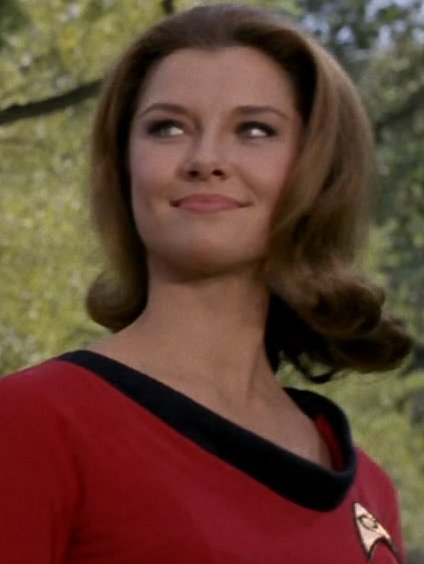
Yet it certainly doesn’t have to be a romantic partner to still offer insights into McCoy’s treatment of women. Christine forced a conversation between Bones and Kirk about the disease in a rather atypical moment for the nurse, but an appropriate one. She could see how Bone’s was emotionally withdrawn and wanted to help him with such a terrible diagnosis even though he wanted nothing more than to be left alone. He makes that feeling quite clear yet she waits with him through his anger, telling him he needs to let people help him. Doctors do indeed make the worst patients. But more is going on here. As we shall see, this lack of abandonment and the resolve to see McCoy gets help strikes close to the problem at hand for McCoy, who probably didn’t fully acknowledge the gesture because of the diagnosis. Chapel’s unsung commitment to being McCoy’s friend is best put in her advice to him: “A lot can happen in a year. Please, give yourself every minute.”
Later in the book Tonia and Bones are reunited when they work on the chroniton project. Shortly after apologizing to Tonia for his past actions, McCoy initiates a kiss but wonders if she is an escape from his loneness. Isn’t that what companionship is? He realizes he does desire her and is not seeking her out as a distraction. She is smart, beautiful, fun to be with, and is now older so the age differential isn’t as odd. And so, they embark on relationship 2.0 and we can see the depth of love grow between them.
And then she proposes to him in a great gender twist but he doesn’t say yes. Tonia goes from anger to confusion to realizing McCoy does love her but something is wrong with him. An emotional distance exists in him and based on his prior relationships wonders if a pattern is there. She leaves him in his best interest, but is it really? Wouldn’t that be helping him figure it out? If anything, that alone demonstrated that she wasn’t a good partner because she left him alone! Yes, he basically turned her down but she knew something was wrong and wasn’t strong enough to help him. Sure, she may have felt he needed to determine the issue himself if he was to resolve his problem, and she felt hurt at being turned away (again). But still...
Family
How did McCoy’s past in regards to his family play a role in him becoming a doctor? How did he action of abandonment impact more than just his life? After all, Joanna dreams about an ideal life where she can see her father more, yet understands why he did what he did. McCoy himself feels like he failed her as a father but in a different way than his own did. McCoy wishes he and Joanna were closer and yet is unable to because of distance and past actions that cannot be undone. He still manages to develop a connection with her thanks to Tonia, but we know it will never be what he would idealize it to be. But being a doctor is a convenient excuse to shift the focus from his responsibility to his family and so on he goes.
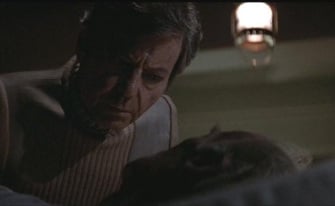
Dreams
An interesting motif in the novel is the use of dreams to revealed the inner workings of Bone’s brain. One of McCoy’s dreams ends up being revealing, especially in the context of the book’s conclusion. In the dream, he thinks about his parents and proclaims that he “is the assassin.” His mother died giving birth to him and he euthanized his pa so in a sense he did kill both of them. He then thinks of betraying Natira and envisions himself stuck in dirt, representing his inability to move on from something. Later on, he starts to have dreams of his own death after the Fal-Tor-Pan. Something interesting is going on here, and it has to do with timing. McCoy was trapped in the past in 1930 and would pass on in 1955. McCoy started to have his nightmares right when we got back in 2267, the Fal-Tor-Pan was in 2285, and he finally resolved the dream problem in 2293. Gee, that's roughly 25 years between the events, with the Fal-Tor-Pan somehow freeing McCoy to more lucidity especially as the timing of the even drew nearer. Yes, he experienced flashes of it because it had happened already but somehow a universal time keeping of sorts allowed some real tracking. Yeah, its weird to me too. And a final observation comes from the alternate timeline, Lynn’s horse’s name? Belle Reve, or beautiful dream.
M'Benga Numbers
It is useful to go over the mechanics behind this plot point, as it serves the trilogy as a whole. M’Benga numbers arose from the detection of the parasites from the episode “Operation: Annihilate!” M'Benga found a way to compare the expected energy output of the nervous system to the actual as a means of find the parasitic infestations, but McCoy notices that Kirk’s numbers are more off than the rest of the crew.
Ironically enough, Bones found out about his Xenopolycythemia as a result of physicals taken in order to get more M’Benga number readings. Without his project into the unexplained numbers, then he may never have insisted on being a part of the away team to Yonada, and would never have found a cure…But how did McCoy get the sickness? After all, his alternate timeline counterpart never did get it and the show made it clear it was something not terrestrial but caught in space. We never find out.
Later on, after the events of "The Motion Picture," the Otevral incident led to a component from the old Enterprise failing. It had M’Benga number changes also, thus it is a physical process of some sort. It would lead to the discovery of quanta of time, which result in changes in energy via the emission of time. It is analogous to electrons and protons carrying charge, except the carrier of the particle for the quanta of time remained a mystery, but the number of quanta did correspond to an integer amount of Planck Time units (which are the time it takes a photon to reveal the Planck Length at the speed of light). What it all hints at are some chronometric particles, which play a huge role in The Star to Every Wandering, and the mystery of why Kirk's values remain so high compared to others will be resolved there too. You see, the chronometric particles can have a reverse causality component to them, meaning that they can be detected before the event that generated them occurs. As we will see in the Kirk novel, he certainly has more experience with time travel than we originally thought .
Closing Thoughts
Worried that something from that alternate timeline can show McCoy a possible health concern so he goes to a top secret facility where Spock’s tricorder readings are kept. There he finds…the life he never lived. Finds the ads, sees what happened to him. Then the flood of memories from that life rush into his head, much like “The Inner Light.” How is that even possible? He sees his time spent there including the similarity physically between Natira and Lynn. That explains his initial attraction to her as bleed through across alternate timelines. It may even hint at some kind of reincarnation system, for the two are so similar and Spock even points out how her physiology and human's are similar. That would make for an interesting follow-up. But most importantly, the bleedthough allows McCoy to lean the lesson Lynn taught him, which is gone over in length in the previous review. That life has now given McCoy a new lease on his own here as well, and the remainder of the book sees him do just that. He puts the dreams to rest and finds the shadows are gone.
© 2017 Leonard Kelley


